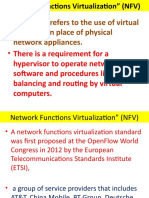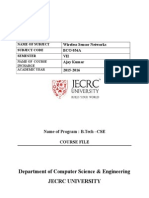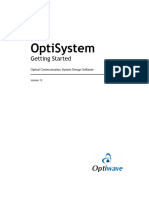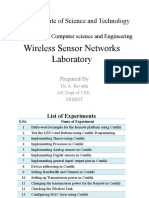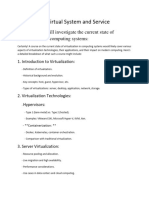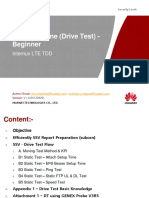100% found this document useful (1 vote)
127 views40 pagesEstablishing Service Function Chaining
This document provides an overview of a joint research project between telecommunications companies in Asia-Pacific to establish service function chaining architecture on OpenStack. It introduces network function virtualization, service function chaining, soft patch panel, and the Asia Pacific Telecommunication Innovation Initiative Working Project 4. The document outlines the project including an overview, implementation details, and progress to date. It also introduces the participants from Telkom Indonesia who are leading the research.
Uploaded by
peteCopyright
© © All Rights Reserved
We take content rights seriously. If you suspect this is your content, claim it here.
Available Formats
Download as PDF, TXT or read online on Scribd
100% found this document useful (1 vote)
127 views40 pagesEstablishing Service Function Chaining
This document provides an overview of a joint research project between telecommunications companies in Asia-Pacific to establish service function chaining architecture on OpenStack. It introduces network function virtualization, service function chaining, soft patch panel, and the Asia Pacific Telecommunication Innovation Initiative Working Project 4. The document outlines the project including an overview, implementation details, and progress to date. It also introduces the participants from Telkom Indonesia who are leading the research.
Uploaded by
peteCopyright
© © All Rights Reserved
We take content rights seriously. If you suspect this is your content, claim it here.
Available Formats
Download as PDF, TXT or read online on Scribd
/ 40
